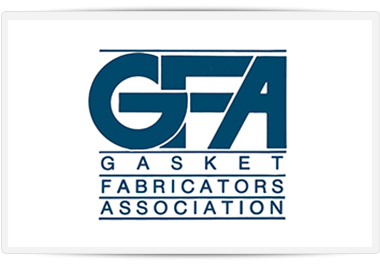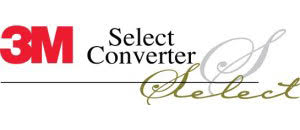Cork material is one of the most versatile, attractive, and desirable materials on the market today! This stylish and renewable natural material has been used by man for more than 5,000 years. As an incredibly unique material, cork is harvested from living cork oak trees or the cork tree —similar to the way wool is gathered from sheep: the tree is unharmed.
At Frank Lowe, we are proud to be the leading provider of different types of cork material that can be used in an array of applications. We offer a range of different qualities of cork granules and materials for various cork products..
Most importantly, we offer decades of experience and expertise to match your unique application to the best type and grade of cork material. Let's take a closer look at the ins and outs of different cork materials.
What Is Cork Material?
Very simply, cork harvesting is from the bark of cork oak trees, which is evergreen in nature. Cork is the dark grey, thick outer bark of the cork oak tree. Cork oak is considered highly renewable because the cork oak tree can quickly regenerate its bark. And only the bark is harvested.
After a cork oak tree is 25 years of age, the cork bark can be stripped every nine to 12 years. In other words, a single cork tree that has an average lifespan of up to 300 years can easily be harvested over 16 times. Best of all, the bark from a cork tree can be harvested without ever harming the tree. Outside of natural cork, there are two broad categories of cork material:
At Frank Lowe, we offer a vast range of cork materials. And we can die cut your cork material into almost any shape your application requires.
Composition Cork Material
Composition cork sheets and rolls are probably the most versatile of all cork materials. This eco-friendly material is manufactured from natural cork grains, which allows it to retain the majority of the desirable attributes of natural cork. These versatile materials can be used across an array of applications, including:
Different formulations of binders and cork grain sizes are used in the manufacturing process to create different types of composition cork sheets and rolls. At the same time, the different formulations can offer composition cork unique appearances to meet the needs of specific applications.
Benefits of Composition Cork Material
At Frank Lowe, we offer a vast range of types of this sustainable material. And some of the most common benefits of our composition cork material include:
Additional Applications of Composition Cork Material
Composition cork is typically used in decorative items and as a protective backing on novelty items on cork coasters, trivets, placements, and more. A few of the most common composition cork applications include:
Cork-n-Rubber Material
As the name suggests, cork-n-rubber is a combination of a synthetic rubber polymer and granulated cork. Together, this offers the material the compressibility of cork and the properties of the rubber material used. Cork-n-rubber is usually manufactured by combining a rubber binder, glycerin glue, and cork under significant pressure and heat.
Most cork-n-rubber materials are a mixture of about 30% rubber binder and 70% cork. Typical cork-n-rubber applications include:
Benefits of Cork-n-Rubber Material
Boasting the best of both worlds, cork-n-rubber materials offer the high resilience of rubber with the benefits of cork. Here are some of the top benefits of using cork-n-rubber material.
Contact Frank Lowe for the Best Cork Material
At Frank Lowe, we offer die cut composition cork as well as cork-n-rubber materials in virtually any shape. Whether you want your cork materials on a roll or on a sheet, the team at Frank Lowe can help. We will help you choose the best cork material for your application and guide you through the process.
Contact Frank Lowe today!






